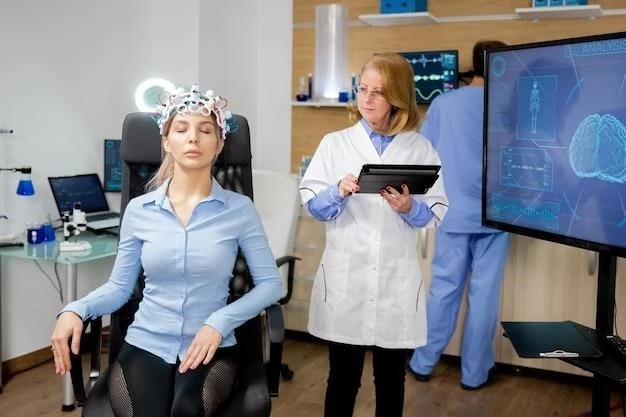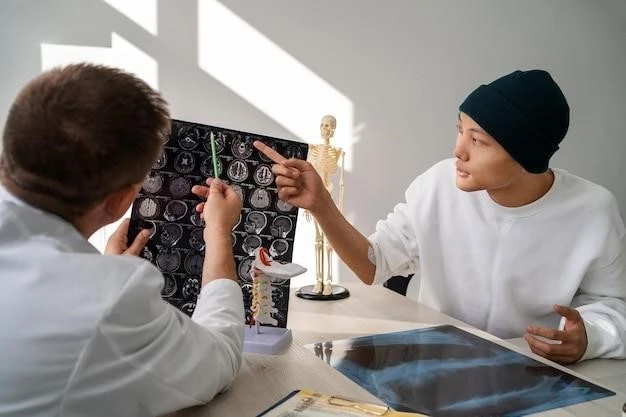Understanding Cerebellar Atrophy
Cerebellar atrophy refers to the shrinkage of the cerebellum, impacting coordination, movement, and cognitive functions.
Overview of the Cerebellum and its Functions
The cerebellum, located at the back of the brain, plays a crucial role in motor control, balance, coordination, and cognitive functions. It receives sensory input and coordinates movement, ensuring smooth and precise muscle activity. Additionally, the cerebellum contributes to non-motor functions such as language, attention, and emotional regulation. Damage or atrophy of the cerebellum can result in various motor and cognitive impairments, underscoring its importance in daily activities.
Causes of Cortical Degeneration
Cortical degeneration can be caused by genetic factors, traumatic brain injury, autoimmune conditions, and neurodegenerative diseases.
Genetic Factors Leading to Cerebellar Atrophy
Genetic mutations affecting proteins essential for cerebellar development can lead to cerebellar atrophy. Conditions like spinocerebellar ataxias and Friedreich’s ataxia are examples of genetic disorders that can result in cerebellar degeneration. Understanding these genetic factors is crucial for early diagnosis and potential treatment interventions.
Symptoms of Cerebellum Parenchymal Disease
Cerebellum parenchymal disease can manifest as ataxia, tremors, impaired balance, and coordination difficulties.
Motor and Coordination Symptoms
Motor and coordination symptoms of cerebellar disorders include gait abnormalities, intention tremors, dysmetria, dysarthria, and difficulty with fine motor skills. Patients may experience unsteadiness, muscle weakness, and challenges with precise movements, impacting daily activities and quality of life. Recognizing these symptoms is crucial for timely intervention and management to help improve patient outcomes.
Diagnosing Cerebellar Disorders
Diagnosis involves neurological examinations, imaging tests like MRI or CT scans, and genetic testing for accurate assessment.
Neurological Examinations and Imaging Tests
Neurological exams assess reflexes, coordination, and eye movements, while imaging tests like MRI reveal structural abnormalities in the cerebellum. These diagnostic tools aid in detecting cerebellar disorders and determining the extent of atrophy or damage, guiding treatment decisions for better patient care.
Treatment Options for Cerebellar Degeneration
Treatment includes pharmacological management and therapeutic interventions to address symptoms and improve quality of life.
Pharmacological and Therapeutic Interventions
Pharmacological options include medications to manage symptoms like tremors, while therapeutic interventions such as physical therapy can enhance coordination and balance. Speech therapy and assistive devices may help address communication challenges. Research is ongoing to develop novel therapies targeting cerebellar degeneration, offering hope for improved outcomes and quality of life for patients.

Research Advances in Cerebellar Health
Ongoing research explores innovative stem cell therapies to potentially regenerate or repair damaged cerebellar tissue.
Exploration of Stem Cell Therapies
Stem cell therapies hold promise in replacing damaged cerebellar cells, potentially restoring function in conditions causing atrophy. Researchers are studying the efficacy and safety of utilizing stem cells to repair the cerebellum, aiming to develop regenerative treatments for individuals with cerebellar degeneration. These groundbreaking efforts represent a novel approach to addressing neurological disorders and improving patient outcomes in the future.
Lifestyle Changes for Cerebellum Health
Engaging in regular exercise and maintaining a balanced diet can support cerebellar function and overall brain health.
Impact of Diet and Exercise on Cerebellar Function
A nutrient-rich diet and regular physical activity can benefit cerebellar health by promoting neuroplasticity, enhancing coordination, and supporting overall brain function. Aerobic exercises and coordination activities can stimulate cerebellar connections, while a diet rich in antioxidants, omega-3 fatty acids, and vitamins nourishes brain cells. These lifestyle changes play a crucial role in maintaining cerebellar function and mitigating the risk of degenerative conditions associated with cerebellar atrophy.
Supportive Care for Cerebellar Parenchymal Diseases
Physical and occupational therapy can help manage symptoms and improve the quality of life for individuals with these conditions.
Physical and Occupational Therapy for Symptom Management
Physical therapy focuses on improving balance, coordination, and strength, while occupational therapy enhances daily living skills and adaptive techniques. Through targeted exercises and interventions, individuals with cerebellar parenchymal diseases can optimize their functional abilities and independence. These therapies aim to address specific challenges related to movement, activities of daily living, and overall quality of life, empowering patients to cope better with their condition.
